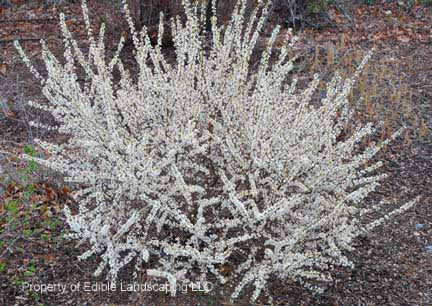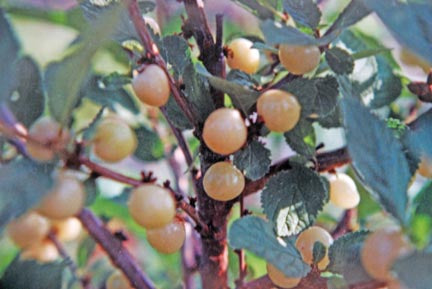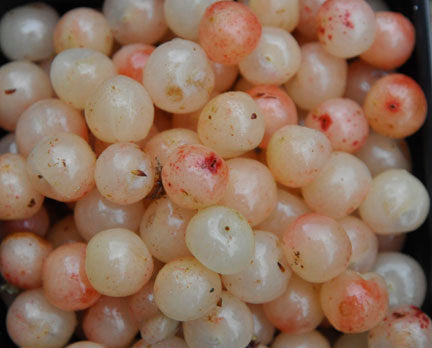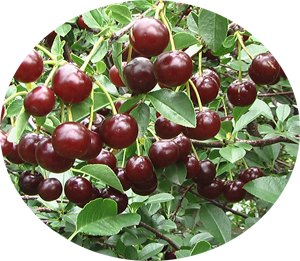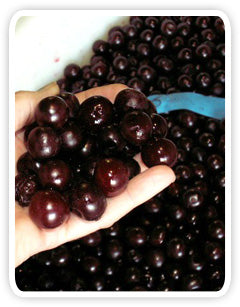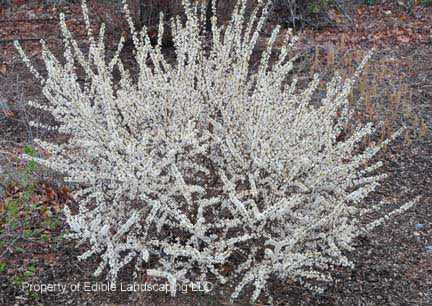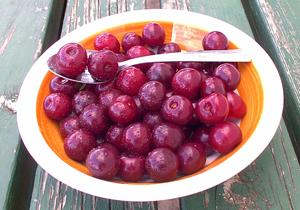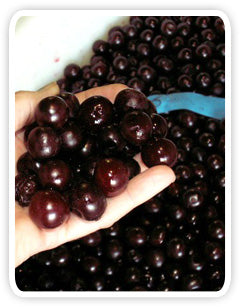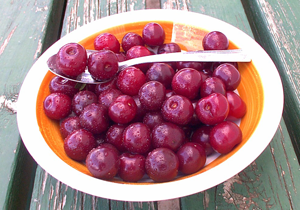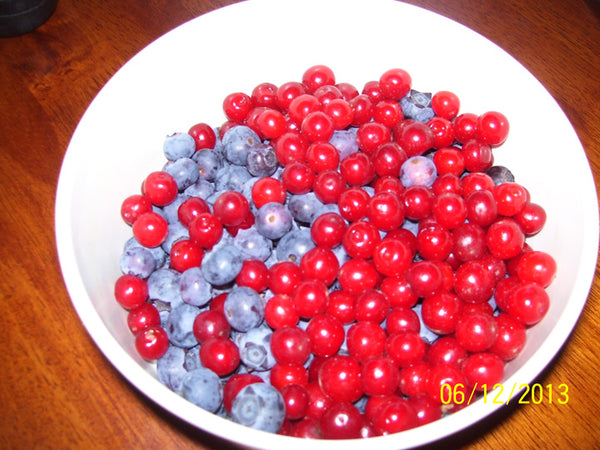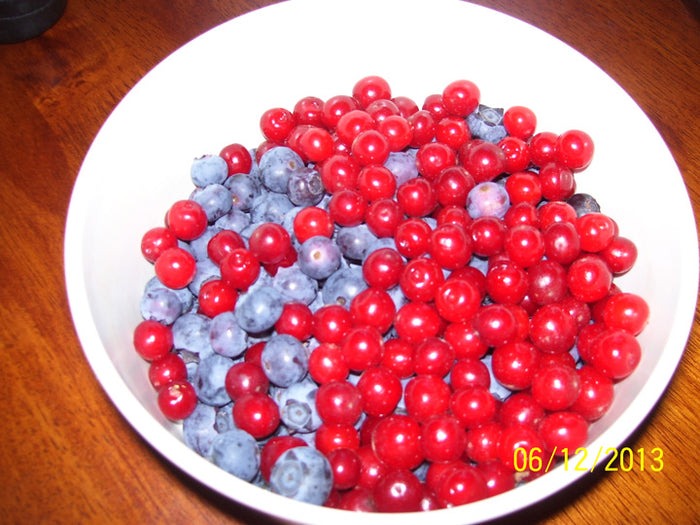
Prunus tomentosa
A red fruiting selection from a fruit enthusiast/collector Vojtech Slavetinsky from the Czech Republic. Choose another Nanking for pollination, two Cheropugy will not pollinate each other. Zones 4-8 Space 6-8' circle
| Plant Characteristics | |
|---|---|
| Pest Resistance | Very Good |
| Disease Resistance | Very Good |
| Drought Tolerance | Good |
| Heat Tolerance | Very Good |
| Humidity Tolerance | Very Good |
| Sun Tolerance | Very Good |
| Wet Soil Tolerance | Poor |
| Shade Tolerance | Fair |
| No Spray | Excellent |
| Salt Tolerance | Poor |
| Fresh for Kids | Good |
| Deer Resistance | Poor |
| Thorns | No |
| Plant Type | Shrub |
| Soil Type | Adaptable |
| Edible Type | Fruit |
| Self Fertile | No |
| This information is accurate to the best of our knowledge, comments/opinions are always welcome | |
Growth Habit
Trees range from 1.75 meters to 2.5 meters (5-8 feet) tall. Some suckering can happen with some varieties. This amount of suckering increases if the soil around the tree is continually tilled or disturbed. These trees are unique as they are not grafted and are on their own roots. Sour cherries usually flower in mid to late May. These trees can be quite stunning in the spring as the flowers open slightly before the leaves emerge and the tree turns into a ball of white flowers.
The leaves are very glossy and shiny which adds some ornamental value The fruit is usually ripe in early August and can range in color from red to dark red to a black red. Cherry splitting is caused by dry followed by wet conditions during the ripening process
Planting
Plant in a hole that is big enough to accommodate the entire root mass of the tree. They should be planted about 2.5-5 cm (1-2 inches) deeper than they were in the nursery container. They should be planted about 1.5-2 m (5-7 feet) apart from each other or other plants. Water immediately after planting and water well until established.
Pollination
Most cherry bushes are not self fertile and need a different variety to set fruit.
Pruning
Prune in early spring before the bushes break dormancy. Diseased or damaged wood can be removed at any time. Thinning cuts are better suited to cherries than heading back cut. A heading back cut (taking the top/tip portion off of a branch) tends to remove vegetative buds and the plant will have nothing to make new shoots from. Thinning cuts (when you remove an entire branch here and there) is better suited as you will not be removing a specific kind of bud. Never remove more than 25% of wood in one season.
Cherries can be selectively regenerated by removing some of the old branches every year and allowing the new branches to slowly take over
Harvesting
Cherries can be handpicked or shaken off. Just beware if you shake the cherries off you are liable to get lots of stems in with the fruit.
They should be picked in the cool parts of the morning or evening and refrigerated as soon after picking.

